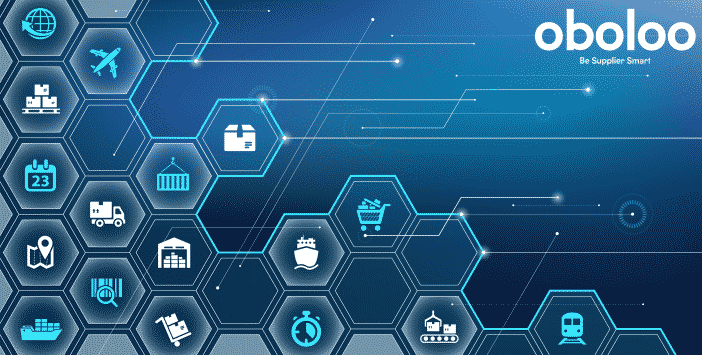What Managers Should Look for in an e-Procurement System

Manual procurement processes, although reliable, are a costly, document-laden process. The time you spend on email or paper exchanges could be allocated to marketing and finding ways to become more competitive in a digital, tech-first business landscape. Among managers surveyed in Deloitte’s 2018 Global CPO Survey, 83 per cent believe that cloud-based procurement platforms and digital systems will transform supply chains and finance.
They believe, however, that although they see the potential of digital systems, using them in reality leaves much to be desired. The CPOs reported that integration, data quality, limited understanding of the technology, lack of support from executives and availability of analytical resources are among the most important barriers to really leveraging technology in procurement. To avoid this, procurement managers should have a centralised digital workplace platform. Here are key traits to look for in a digital procurement platforms.
Intuitive interface and smooth UX
Digital procurement systems typically, like a scientific calculator, offer more functionalities than needed. They are also not easy to customise for specific projects or workflows. In many instances you may have to work with a legacy system. Even the most ‘user-friendly‘ of these systems can be challenging for non-programmers to customise; what departments need is an interface that allows simple tweaking of fields and workflows.
Various modules for data
Users should be able to toggle between different processes in their e-procurement software. From routine tasks to one-off projects and collaborations, it should be easy to automate processes on this software. Teams would benefit from using software with automated reminders of compliance issues, deadlines for payments, and expirations of contracts.
Purchase requests and orders, invoice approvals, vendor registration and management and contract management are all processes that you could automate. Once you do so, your company could reduce costs significantly.
Software with API integration
Electronic platforms with API integrations are invaluable to a team. If you already have accounting software, for example, an API integration lets you link your procurement software without needing to write code.
When you have data cross-checked between the workplace and your accounting software, you can quickly evaluate your funds and decide whether you have enough resources for individual purchases.
Real-time analytics and insights
When you have automated processes, managers have actionable insights they can use to create their next targets. Data can help you make better-informed decisions and if you’re not getting the data you need, you can modify the output parameters so the software is showing what would help you track your performance.
When it’s clear where you’re spending more than you should, it’s easy to crack down on unnecessary expenditure. Also, it would be easier to set rules for spending approval, which lay the groundwork for better compliance.
Conclusion
Whether you’re just starting out or have been on the digital transformation journey for a while, you are bound to face challenges when digitising a procurement system. From executive buy-in to implementation, managers must account for various different elements that could slow down adaptation. With the right strategy and tools, though, you are sure to succeed.
Have full visibility of your entire organisation’s sourcing activities when you sign up for oboloo. Our cloud-based procurement platform lets you digitise a range of processes in supply chain management, from sourcing to supplier documentation, savings management, and more. Start your free trial today, or get in touch with us for enquiries. oboloo enables you to be supplier smart.

